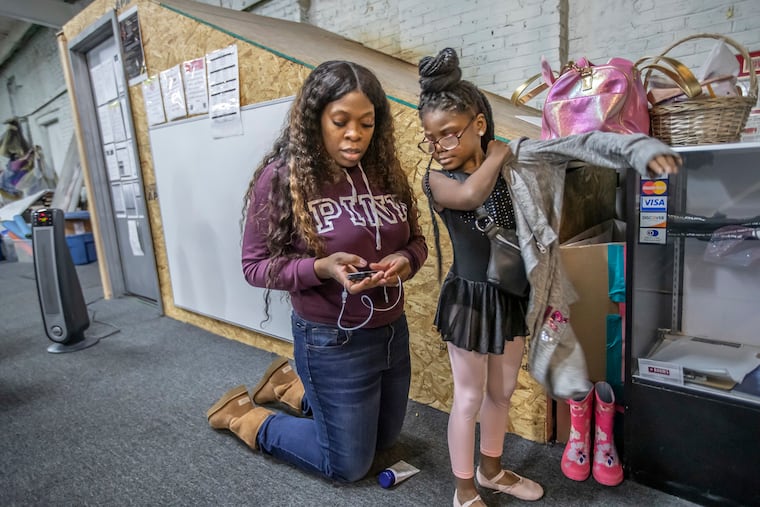Decades of Penn research shows how structural racism affects Black children with type 1 diabetes
Black children with type 1 diabetes experience higher average blood sugar levels, more severe complications and more hospitalizations from the autoimmune condition than white children.
